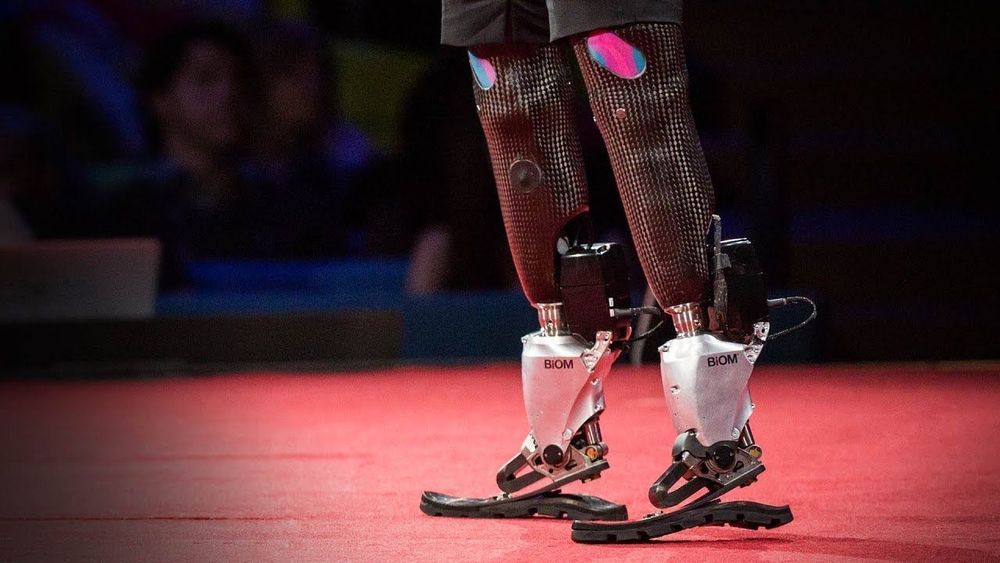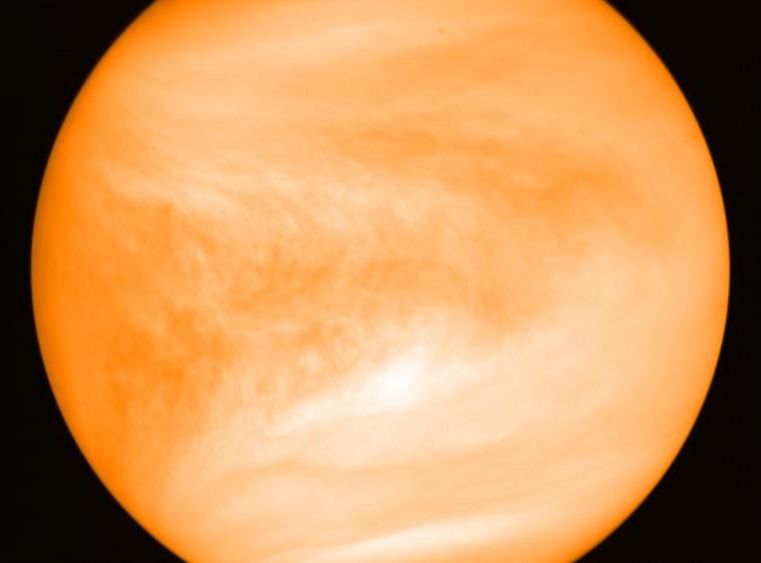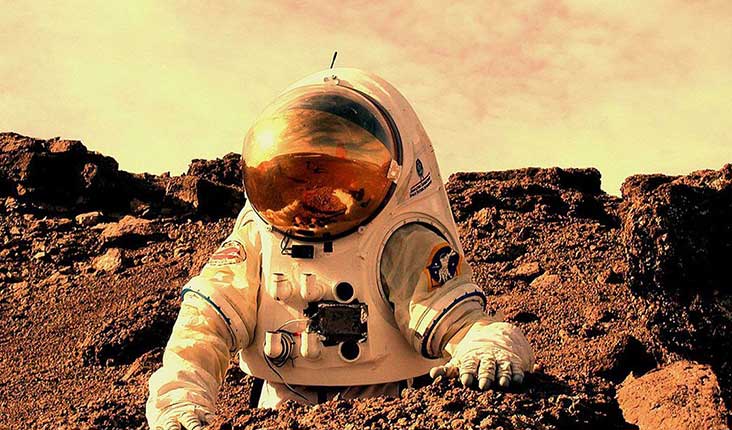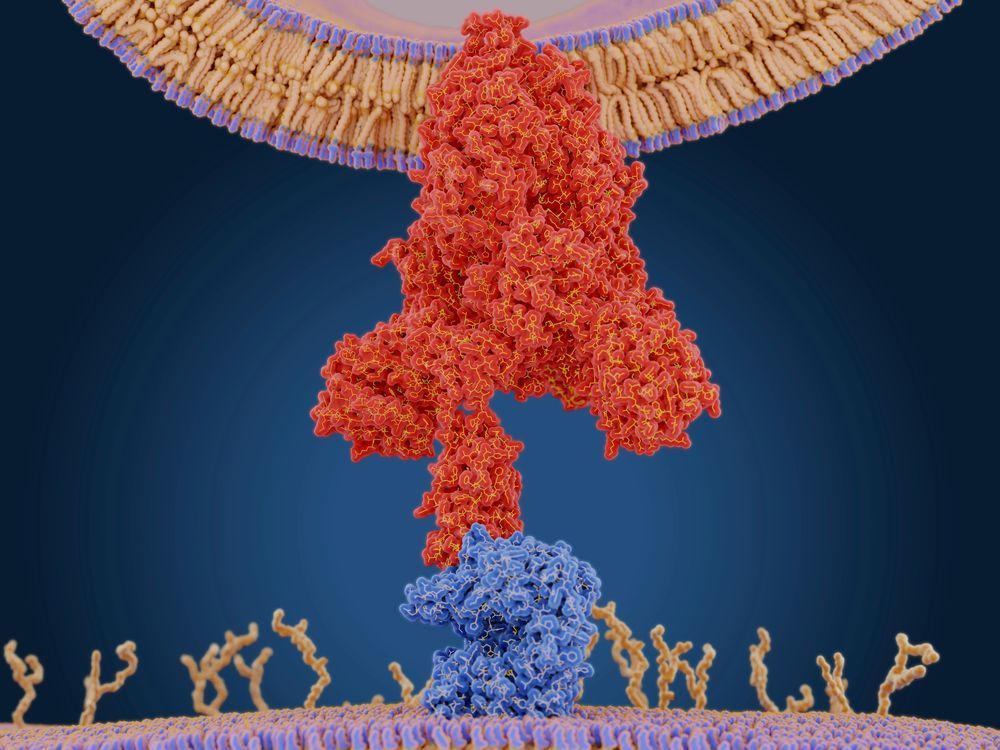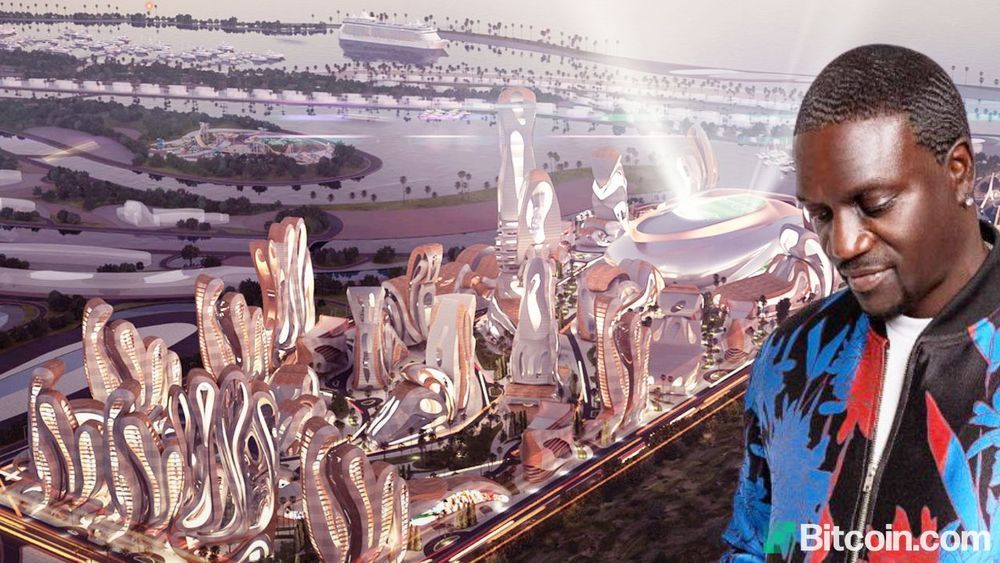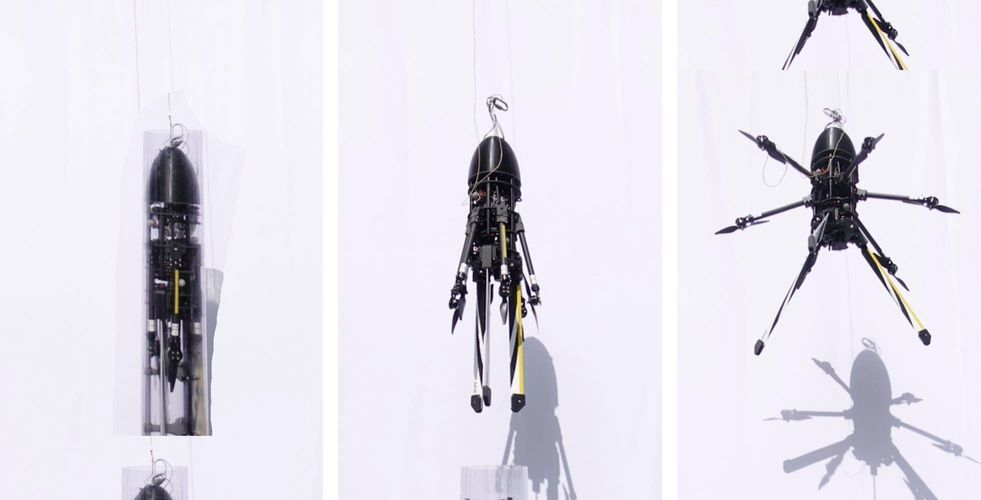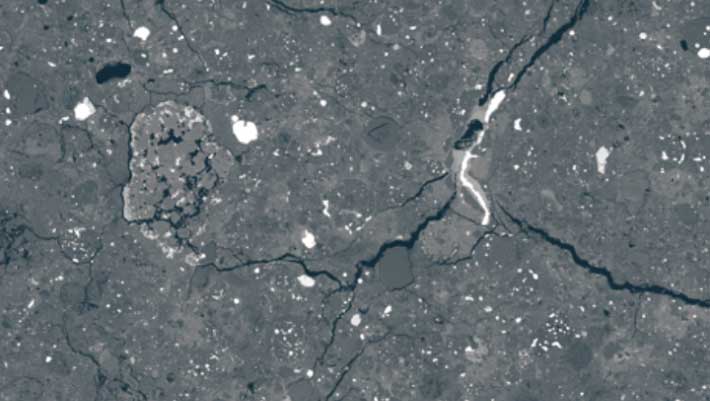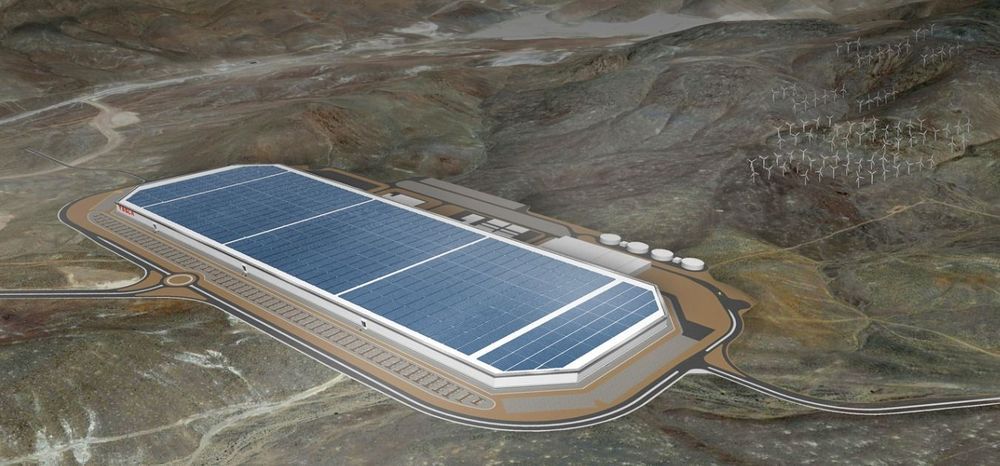Sep 16, 2020
New bionics let us run, climb and dance | Hugh Herr
Posted by Quinn Sena in categories: biotech/medical, business, cyborgs, robotics/AI, transhumanism
Visit http://TED.com to get our entire library of TED Talks, transcripts, translations, personalized talk recommendations and more.
Hugh Herr is building the next generation of bionic limbs, robotic prosthetics inspired by nature’s own designs. Herr lost both legs in a climbing accident 30 years ago; now, as the head of the MIT Media Lab’s Biomechatronics group, he shows his incredible technology in a talk that’s both technical and deeply personal — with the help of ballroom dancer Adrianne Haslet-Davis, who lost her left leg in the 2013 Boston Marathon bombing, and performs again for the first time on the TED stage.
Continue reading “New bionics let us run, climb and dance | Hugh Herr” »
